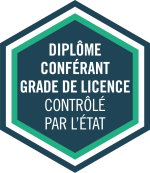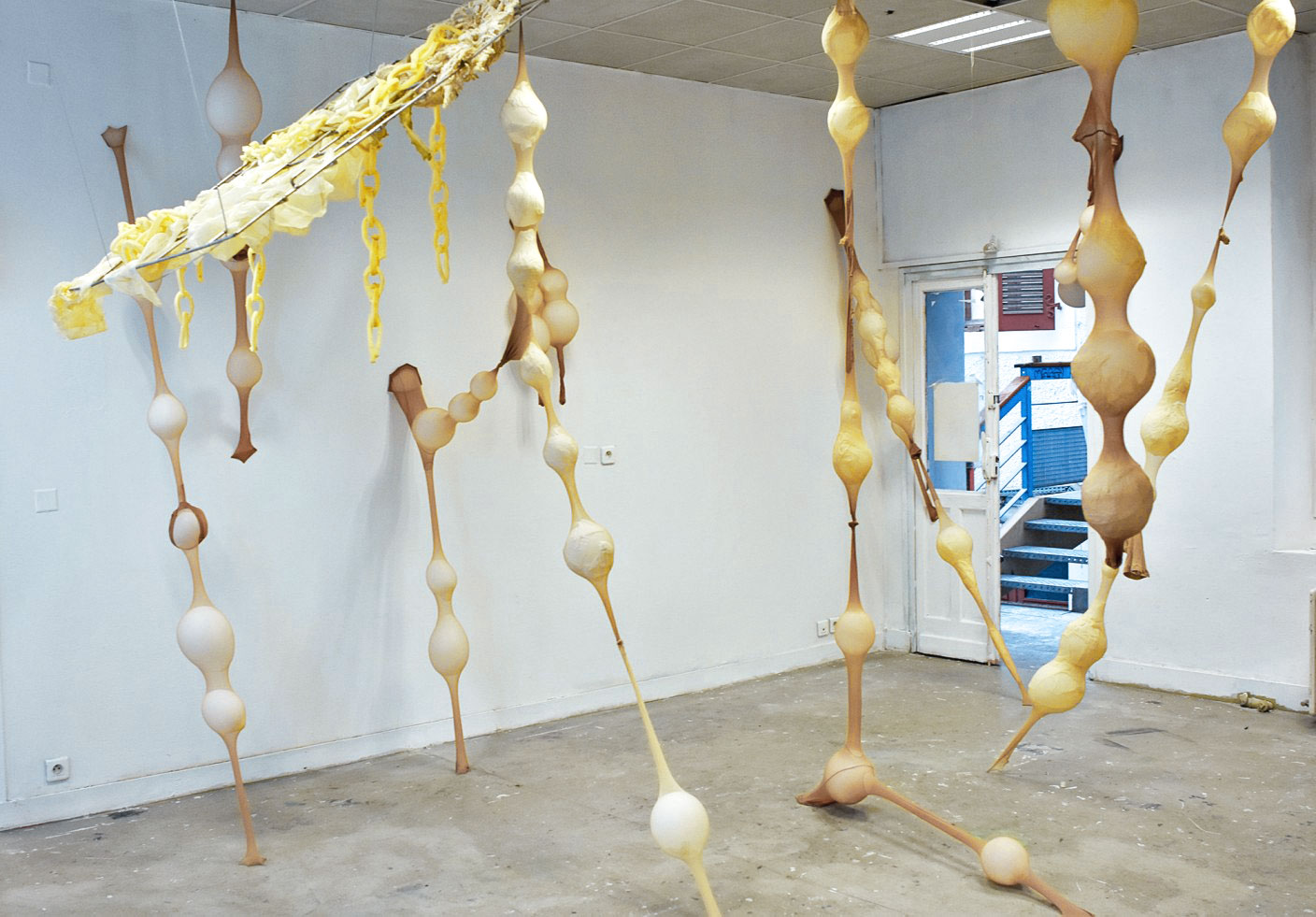Bachelor : DNA art
The art option in Pau
Generalist training in art opens the door to professional specializations offering a wide range of career opportunities.
The art option provides fundamental instruction in contemporary artistic practices, in all their diversity of expression. It’s a demanding course, designed to equip students with an excellent knowledge of contemporary art and a mastery of high-level artistic practices.
Professionalization
Professionalization programs in both cycles are compulsory for all students in the years in which they are enrolled.
Professionalization takes two forms:
A specific one:
- Professionalization day, organized with a partner institution or structure and invited professionals
- Internal awareness-raising courses taught by professors and assistants
- Internships
The other combines training and creative objectives with a professional dimension:
- In-company workshop
- Temps fort and immersive workshop with a city or partner structure
- Production of promotional tools and elements (paper publications, web, exhibitions) in line with professional requirements.
Curriculum
| Year 1 | The 1st year’s teaching content is common to all courses: discovery of the theoretical foundations and experimentation with a range of artistic practices (painting, sculpture, photography, video, ceramics, introduction to graphic design…). |
| Years 2 and 3 | Deepening of methodological and theoretical knowledge, and development of artistic practices to help students develop a personal project. |
| Diploma at the end of year 3 | DNA major: Art |
Further study possible
Further study is possible within ÉSAD Pyrénées, in another art school or in another higher education establishment.
Year 1
Year 1 is designed as a common orientation year for the different courses. The pedagogical approach is adapted to the options and degrees offered.
Practical and theoretical, studies aim to give students the widest possible opening onto the creative field, and the foundations for a solid, independent cultural training. During this time of discovery and experimentation, which is as much about learning as it is about unlearning, students are introduced to a variety of media, practices and methodologies, through a wide choice of workshops and studios (image, volume, sound, specific ceramics techniques, graphic practices, screen printing, video…). It’s also a time for immersion in the world of art and design, first and foremost on the local scene, in conjunction with other production and distribution venues: the Ville d’Art et d’Histoire department of the City of Pau and the Maison de la montagne; Image /Imatge, Le Parvis, le Bel Ordinaire, Acces-s, le Carmel, Espaces Pluriels, the Musée des Beaux-Arts de la ville de Pau, the Musée Massey…
Year 1 is a probationary year, during which students determine whether or not they are ready to embark on a multi-year artistic program.
Years 2 and 3
Years 2 and 3 are characterized by a gradual transition from a phase of initiation and experimentation to a phase of learning the techniques, methods and conventions of the field, and building a singularity within these activities. They are structured around the learning of working methodologies (for project management, researching reference works, developing a critical eye and historical knowledge). The methodological approaches complement each other, drawing on methodologies handed down by teachers and adopted by other artists, as well as on the emergence of a singular methodology linked to their own project.
Years 2 and 3 involve the acquisition of practical knowledge and technical, conceptual and sensitive tools. They provide time for observation and the invention of forms. This part of the curriculum can also be defined as an introduction to the fundamentals of the work (practices, concepts, materials, tools, modes of existence), including knowledge of the human and social sciences, as well as analytical skills. Finally, it’s a time when the student is confronted with the outside professional environment through an internship.
Year 2 divides work time between workshops and studios, enabling students to begin choosing a predominant path. Year 3 is an orientation year, focusing on the emergence of individual career paths. It is also a year of research awareness. Participation in workshops is based on the student’s emerging personal project.
The Diplôme National d’Art (National Art Diploma), which brings together work from all three years of the cycle. It consists of a selection of plastic proposals, accompanied by an oral presentation, documentation and a written document. The latter gives an account of an approach and its place in a history of forms and a history of ideas. Students must be able to formulate the origin, the challenge and the evolution of an approach, and place it in a field of reference.
Internship
The minimum duration of undergraduate internships is 5 days. As far as possible, they should be carried out during school vacation periods (maximum duration of an internship during the course period: 5 days).
The duration, location and period of the internship are approved by the year’s coordinator and validated by the Director of Studies or his/her representative. The internship is the subject of an agreement between the structure hosting the intern, the student intern and ÉSAD Pyrénées.
Two copies of the internship report must be submitted to the secretariat no later than one month after the end of the internship (and in any case 2 weeks before the assessment of the semester in which the internship took place).


